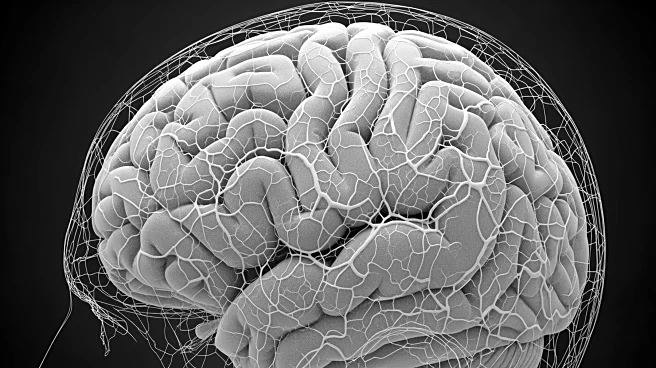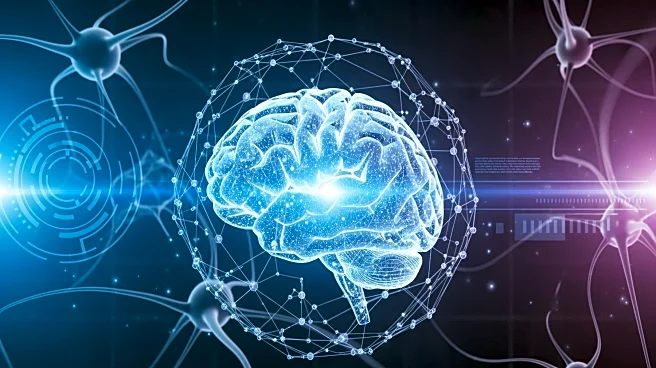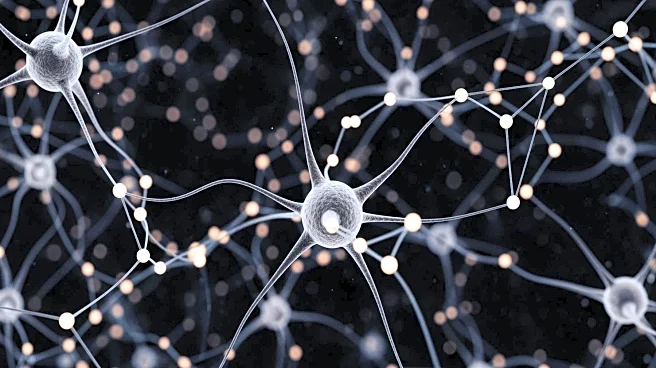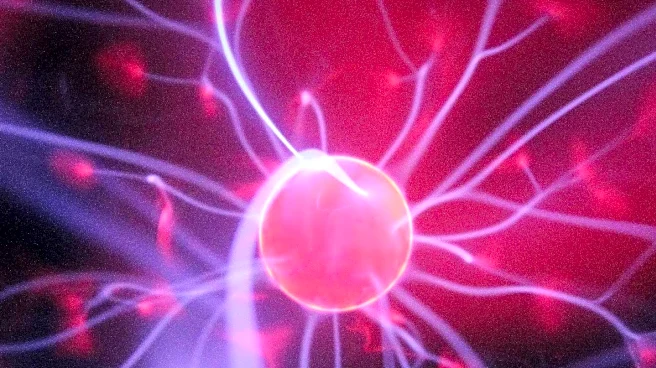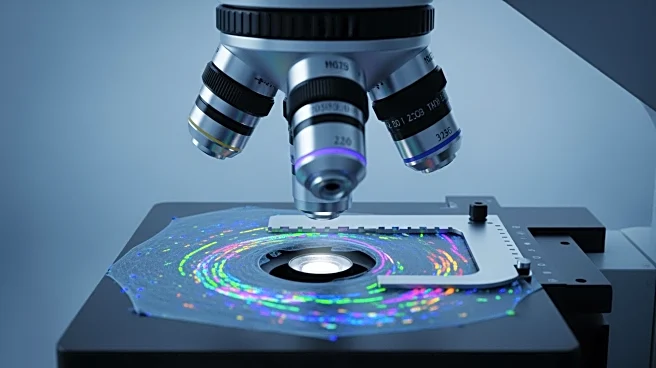What's Happening?
A new resource called BraDiPho has been developed to study human white matter (WM) connections through advanced photogrammetry techniques. This tool integrates ex vivo and in vivo multimodal datasets,
allowing for dynamic exploration of brain anatomy. BraDiPho provides high-resolution 3D models of layer-by-layer WM dissections, integrating multiple modalities such as tractography and cortical parcellation atlases. The resource supports anatomical analyses and enables the fusion of dissection and tractography data. It offers a comprehensive suite of tools and scripts for custom studies, facilitating the integration of external datasets into the dissection models. The BraDiPho website provides access to these datasets and tools, promoting interactive exploration and post-hoc investigations.
Why It's Important?
BraDiPho represents a significant advancement in neuroanatomical research, offering a multimodal framework for studying WM anatomy. This resource bridges the gap between traditional dissection and neuroimaging studies, allowing for direct cross-evaluation of findings. It enhances the understanding of brain connectivity by integrating anatomical and neuroimaging data, supporting more accurate and comprehensive analyses. Researchers and educators can benefit from this tool by exploring brain anatomy from multiple perspectives, potentially leading to improved neurosurgical planning and teaching methods. The open-access nature of BraDiPho promotes collaboration and innovation in the field of neuroscience.
What's Next?
The BraDiPho resource is expected to expand with additional datasets and tools, further enhancing its capabilities for neuroanatomical research. Researchers may continue to develop custom studies using the provided tools, potentially leading to new insights into brain connectivity and function. The integration of external neuroimaging data into the BraDiPho framework could facilitate novel analyses and applications. As the resource grows, it may attract more collaborations and contributions from the scientific community, driving advancements in the study of human brain anatomy.
Beyond the Headlines
BraDiPho's approach to integrating dissection and neuroimaging data challenges traditional methods, offering a more dynamic and comprehensive view of brain anatomy. This paradigm shift may influence future research methodologies and educational practices in neuroscience. The resource's ability to preserve the temporal dimension of dissection allows for a deeper understanding of WM pathways and their spatial relationships. By providing a platform for multimodal exploration, BraDiPho encourages the development of innovative approaches to studying brain connectivity, potentially impacting fields such as neurosurgery, psychology, and cognitive science.


